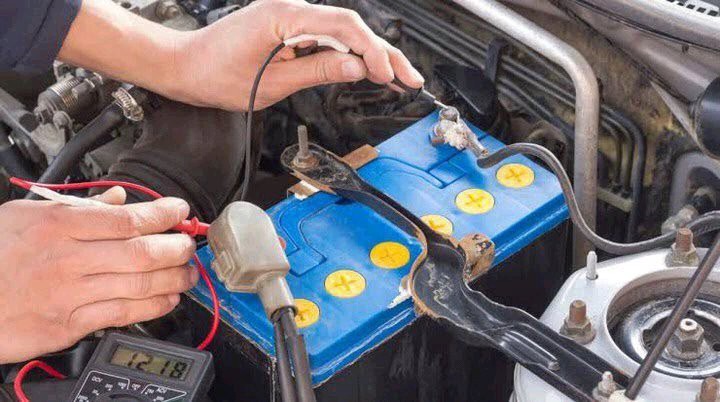A dead car battery can be an inconvenient and frustrating experience, especially if you’re in a hurry or stuck in an unfamiliar place. Whether your battery has drained due to leaving the headlights on, cold weather, or an aging battery, knowing how to handle the situation can save you time and stress. Here’s a step-by-step guide on what to do when your car battery runs down.
1. Confirm the Battery Is Dead
Before assuming that your car battery is the problem, check for these signs:
The engine does not start, or it cranks slowly.
The dashboard lights are dim or flickering.
Your headlights or interior lights are weak.
You hear a clicking sound when turning the ignition.
If you notice these signs, it’s likely that your battery is dead.
2. Try Jump-Starting the Car
If you have access to jumper cables and another vehicle with a good battery, you can try jump-starting your car. Follow these steps carefully:
Steps to Jump-Start a Car:
1. Position the cars: Place the working car close enough so the jumper cables can reach both batteries but ensure the vehicles do not touch.
2. Turn off both cars: Ensure both engines are off before connecting the cables.
3. Connect the jumper cables:
Attach one red (positive) clamp to the dead battery’s positive terminal.
Attach the other red clamp to the good battery’s positive terminal.
Attach one black (negative) clamp to the good battery’s negative terminal.
Attach the other black clamp to an unpainted metal surface on the dead car (away from the battery) to prevent sparks.
4. Start the working car: Let it run for a few minutes.
5. Start the dead car: Try turning on your car. If it starts, let it run for at least 15–20 minutes before driving.
6. Remove the cables carefully in the reverse order of how they were attached
3. Use a Portable Jump Starter
If you don’t have another vehicle nearby, a portable jump starter can help. These battery packs allow you to jump-start your car without needing another person. The connection process is similar to jumper cables, and most come with safety instructions to guide you.
4. Check for Battery Corrosion
Sometimes, a dead battery may be caused by corroded terminals. If you notice a white, green, or blueish buildup on the battery terminals, it can prevent a good electrical connection. You can clean the terminals with:
A mixture of baking soda and water.
A wire brush or an old toothbrush.
Once cleaned, try starting your car again.
5. Call for Roadside Assistance
If jump-starting doesn’t work, you may need roadside assistance. Many insurance policies and auto clubs (such as AAA) offer battery assistance. If you don’t have access to roadside help, you may need to call a towing service or mechanic.
6. Prevent Future Battery Issues
To avoid being stranded in the future, follow these tips:
Turn off all lights when leaving your car.
Drive your car regularly to keep the battery charged.
Check the battery’s health during routine car maintenance.
Replace old batteries (car batteries typically last 3–5 years).




